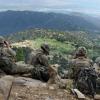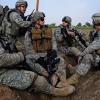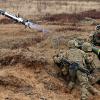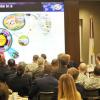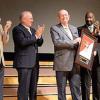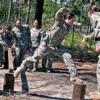U.S. Troops in French Battle Get Respect
Rock of the Marne: The American Soldiers Who Turned the Tide Against the Kaiser in World War I. Stephen L. Harris. Berkley Caliber. 368 pages. $27.95
Buy Now
By Lt. Col. Timothy R. Stoy, U.S. Army retired
Stephen L. Harris, author of three nonfiction books about New York’s National Guard regiments in World War I, has produced a well-written, diligently researched and insightful book on an important chapter of the American Expeditionary Forces’ history in World War I.
The Second Battle of the Marne in July 1918 was a French battle, commanded by French...





